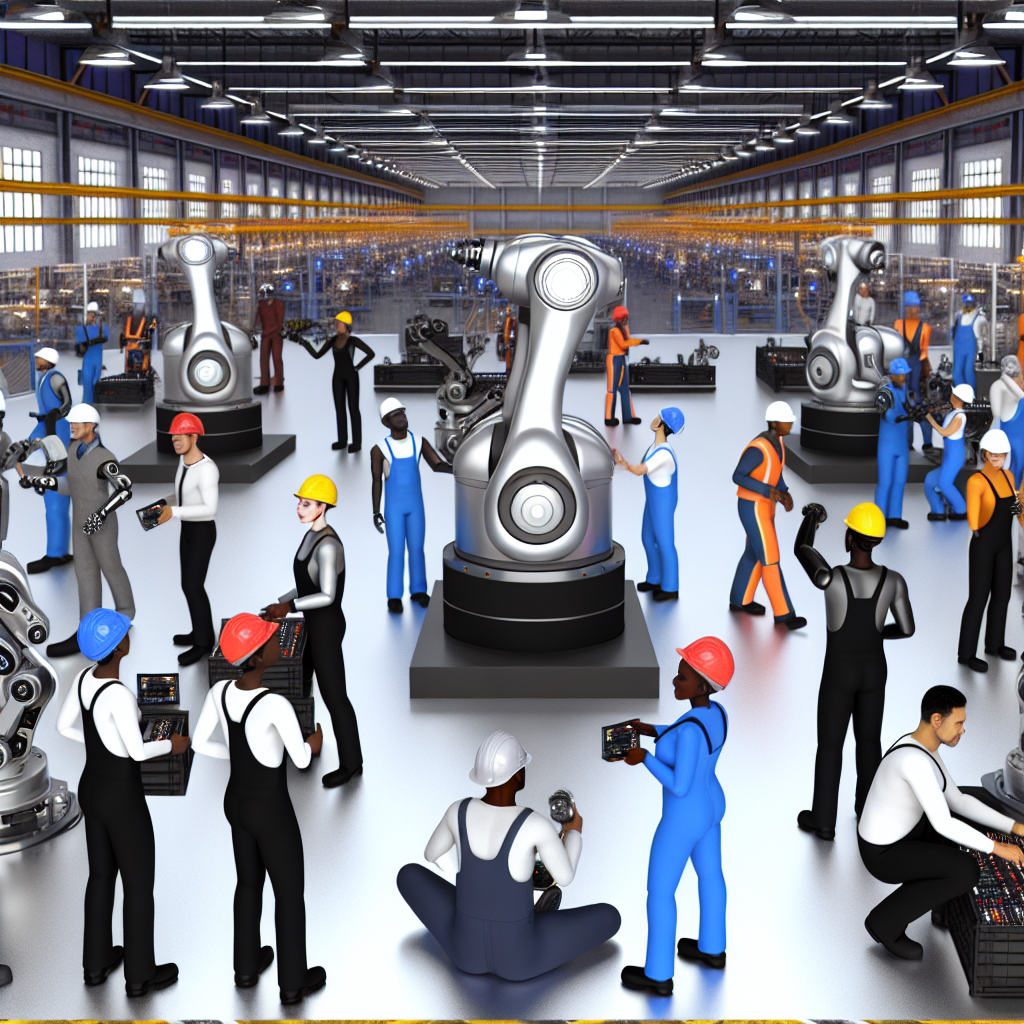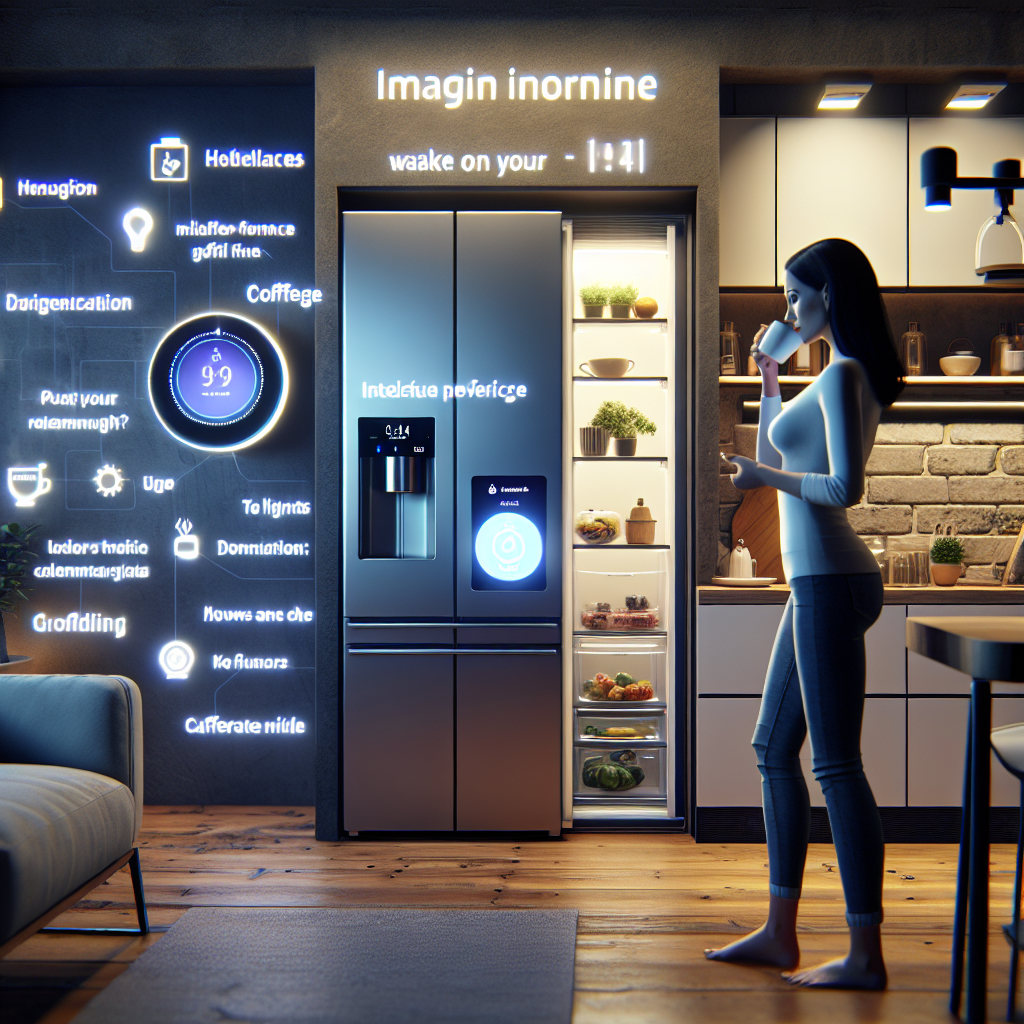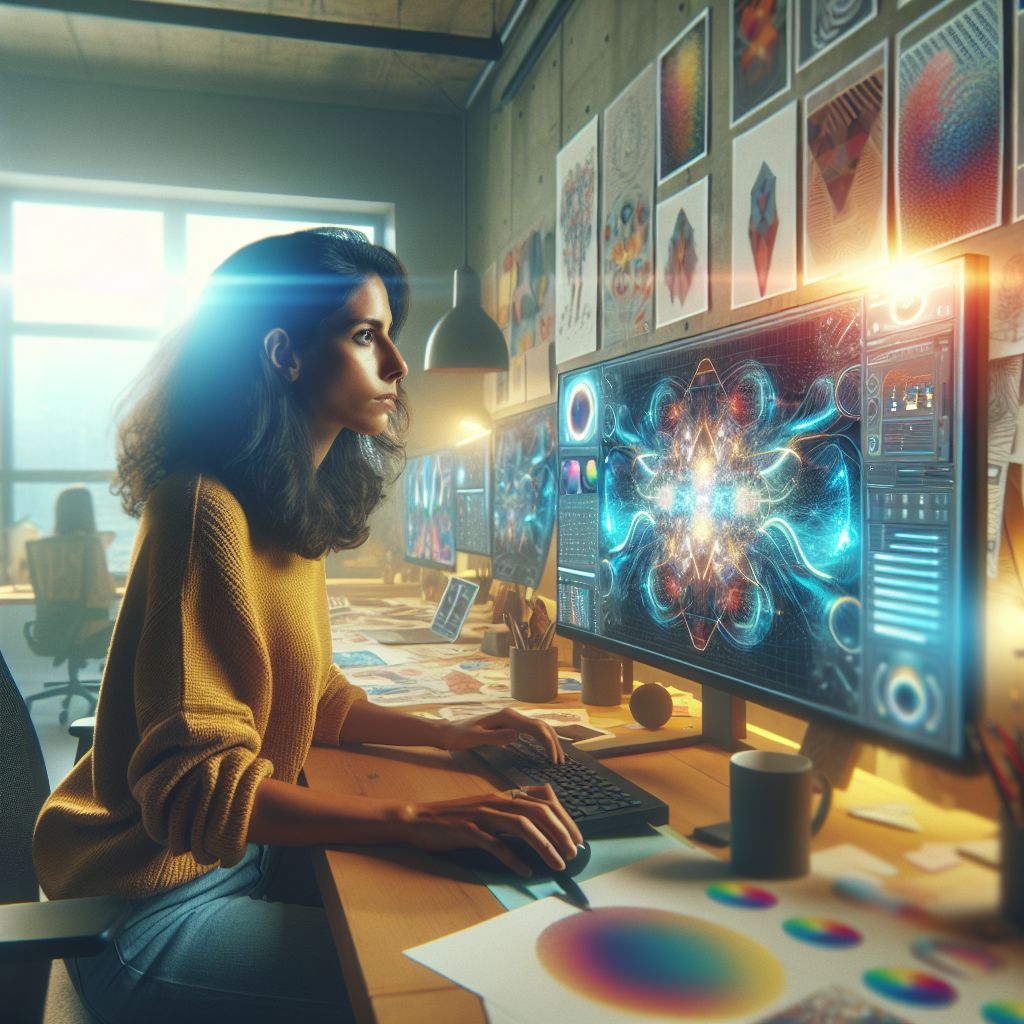AI and Robotics: 7 Essential Trends Shaping Industry 4.0 in 2025
Digital Transformation in Industry 4.0
Industry 4.0 represents a radical change from previous industrial revolutions, driven by technologies that blur the lines between physical and digital entities. At the core is AI, which empowers machines to ‘learn’ from their actions, making decisions that optimize processes and enhance productivity without explicit programming. This capability allows for mass customization, predictive maintenance, and unprecedented agility in supply chains.
Robotics plays a pivotal role in this transformation, replacing repetitive tasks and enabling precision and scalability. Industries are leveraging AI-driven robots for complex assembly lines, autonomous quality control, and logistics management. As a result, companies not only improve operational efficiency but also innovate in product development and distribution.
AI and Robotics Integration
The integration of AI in robotics allows for the seamless execution of tasks traditionally handled by humans. Through machine learning and deep learning frameworks, robots can process vast amounts of data, learning and adapting to new situations. This synergy facilitates advanced automation in warehouses, the automotive industry, and even in medicine, where robotic surgery is becoming more prevalent.
One standout example is the use of collaborative robots, or cobots, which work alongside humans. These robots are designed to be aware of human presence, ensuring safety and enhancing productivity. Companies like Universal Robots and Rethink Robotics are at the forefront of developing these solutions, emphasizing flexibility and ease of use.
Emerging Trends and Applications
1. Predictive Analytics and Maintenance
AI’s ability to predict equipment failures through comprehensive data analysis is transforming maintenance processes. Predictive analytics reduce downtime and extend the life of machinery by identifying potential issues before they escalate. This proactive approach is critical in high-stakes industries such as aviation and energy.
2. Industrial IoT and Smart Factories
Internet of Things (IoT) technology, coupled with AI, creates smart factories where devices communicate and collaborate autonomously. AI processes data from connected devices to optimize production and inform critical decisions, resulting in adaptive and efficient manufacturing systems.
3. Enhanced Human-Robot Collaboration
Advancements in natural language processing (NLP) and computer vision are enhancing human-robot interactions. Robots today can understand and process human language, recognize objects, and interpret data in real-time, allowing for smoother collaboration in complex settings such as laboratories and research facilities.
Real-World Examples
In the automotive industry, companies like Tesla employ AI and robotics to enhance manufacturing precision and drive innovations in autonomous vehicle technology. Similarly, firms like Amazon use AI-driven robotics in warehouses to streamline logistics and improve customer satisfaction.
Healthcare continues to benefit immensely from AI-driven robotic systems, such as those developed by Intuitive Surgical, facilitating minimally invasive surgeries that enhance patient recovery times and outcomes.
Useful Links
For further reading on the impact of AI on industry, visit our article on AI’s Impact on Industry. To explore how businesses can harness these technologies, read guide on Leveraging AI for Business. Additionally, for external insights, consult the AI in Robotics Forum for the latest on global economic shifts driven by technology.
Frequently Asked Questions
What is Industry 4.0?
Industry 4.0 is the current trend of automation and data exchange in manufacturing technologies, encompassing cyber-physical systems, IoT, and AI.
How do AI and Robotics benefit manufacturing?
They enhance operational efficiency, increase production speed and accuracy, and enable predictive maintenance, reducing costs and downtime.
What are cobots?
Cobots, or collaborative robots, are designed to work alongside humans safely and efficiently in a shared workspace.
Can AI replace human jobs in robotics?
While AI and robotics automate many tasks, they also create new job opportunities that require oversight and maintenance of these systems.
Conclusion
As we progress into 2025, the integration of AI and Robotics within Industry 4.0 will only continue to accelerate, opening new possibilities for innovation and efficiency in diverse sectors. By leveraging these advancements, companies can transform their operations, offering personalized products and services at greater scales. For professionals in AI and Data Science, staying informed and adaptable is crucial. We encourage you to subscribe to our newsletter for the latest updates, read more on how AI is reshaping industries, and engage with our community to stay ahead in this rapidly evolving field.



